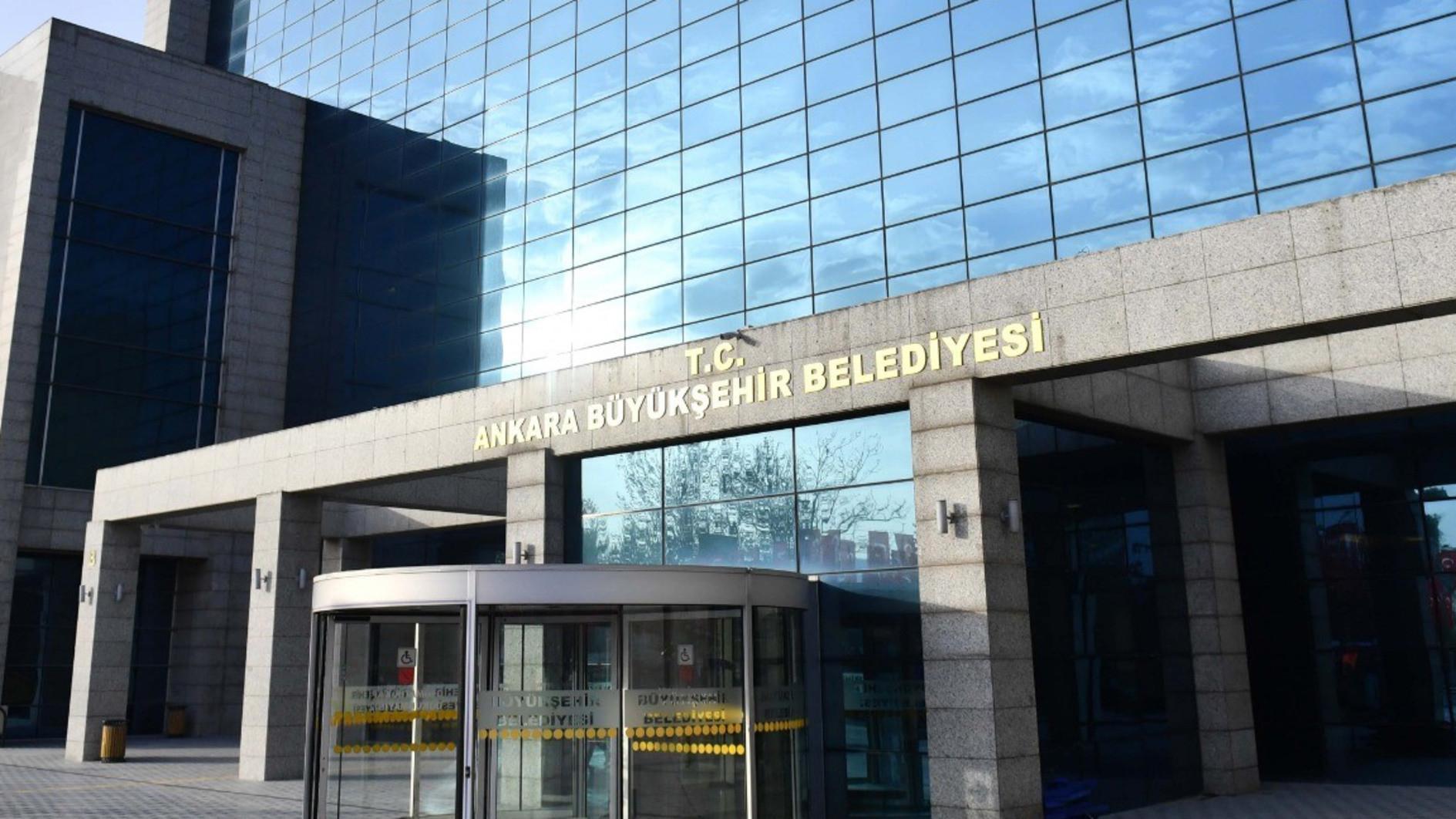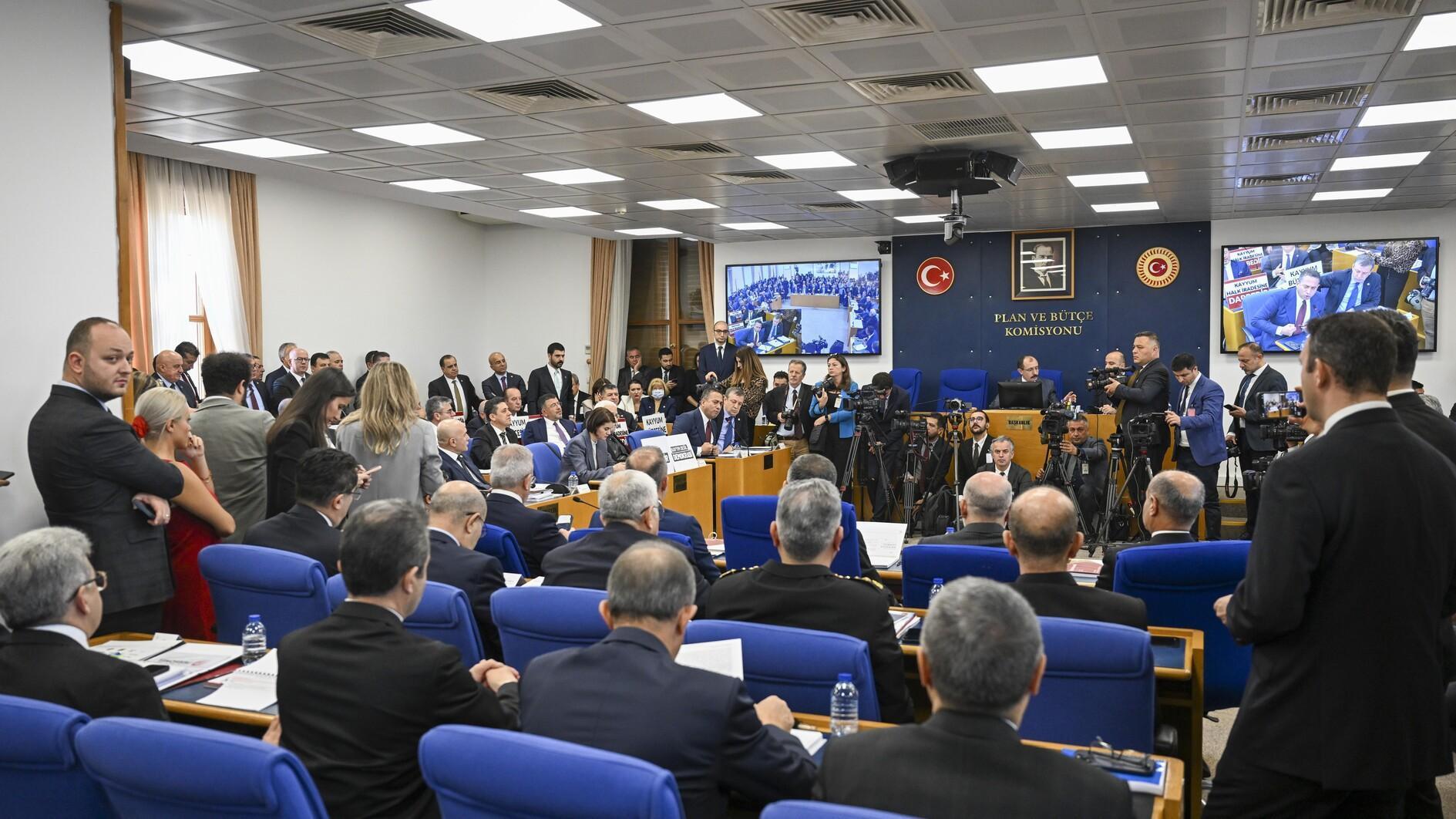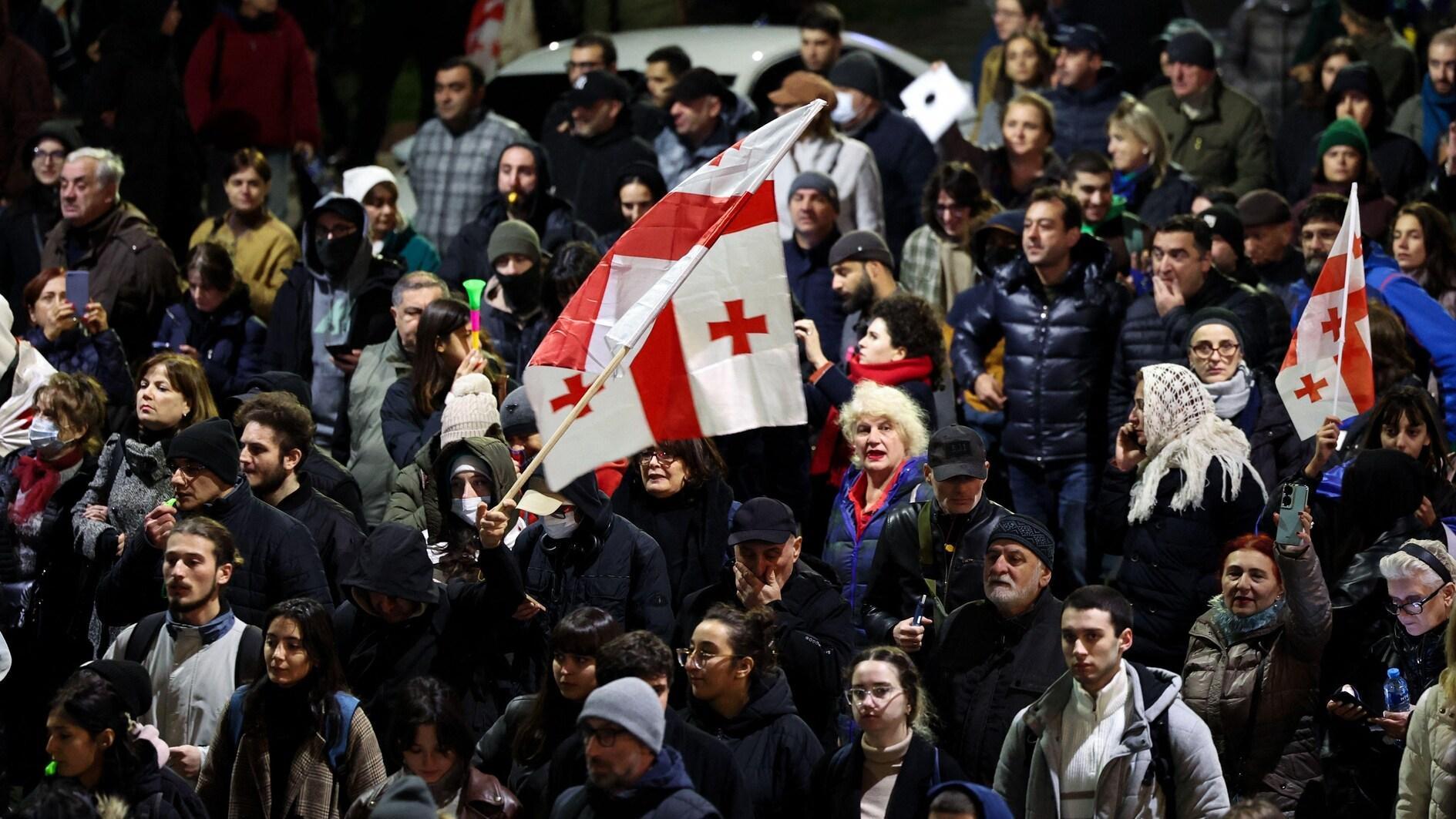Floor coverings found in church at Ayasuluk Hill
İZMİR

Archaeological excavations at Ayasuluk Hill, the first settlement of Ephesus in the Selçuk district of İzmir, have unearthed two different floor coverings from earlier periods on the southern cross arm of the St. Jean Church.
A large number of graves have also been discovered during the excavations around the church.
The Ayasuluk Hill and St. Jean Church excavations continue under the directorship of Mimaroğlu, faculty member of Hatay Mustafa Kemal University, Department of Art History. This year works are carried out within the scope of the “Heritage to the Future Project.”
Mimaroğlu said that the floor coverings had patterns similar to those in the decoration of the mosaic floor covering discovered during the excavations carried out north of the church between 1927 and 1931.
Speaking about the project, Mimaroğlu stated that the Ayasuluk Hill, the first location of Ephesus, where the excavations are carried out, is equal to Apasas, the capital of the Arzawa-Mira Kingdom in the Hittite era.
Noting that the excavations in Ayasuluk Hill in 2024 will be carried out in and around St. Jean Church, Mimaroğlu said: "This church is the tomb of St. John, who was one of the youngest apostles of Jesus and the writer of the Bible. This is a pilgrimage center for Orthodox Christians with a capacity of more than 200,000 visitors annually. The 2024 works are carried out in the southern cross-arm area of the church. Considering the first construction of the church, it is thought that there was a wooden tomb structure on it. It was later converted into a basilica-planned church. It was converted into the cross-plan church that we see today during the reign of Emperor Justinian I. It is known that the same emperor also provided great support for the construction of Hagia Sophia.”
Mimaroğlu stated that geophysical studies were carried out in the area before and the work areas were determined accordingly and that they encountered an unknown marble floor in the southern cross arm of the church.
Floor from Justinian’s era
Noting the first excavations in the church were carried out by Greek archaeologist G.A. Soteriou in 1921-1922, Mimaroğlu said, “Work, especially in the bema section where the tomb is located, was carried out by F. Miltner and H. Hörmann between 1927 and 1931. Later, after the excavation and restoration works carried out by the Ephesus Museum Directorate since 1959, excavation and restoration works were continued by Mustafa Büyükkolancı between 2007-2019. Work has been continuing under my directorship since 2020."
"During our work this year, a previously unknown floor covering was discovered 15 centimeters below the ground of the previously excavated southern cross arm. This floor, which is made of marble stones, is located under the floor from the period of Justinian I. Therefore, we can date this newly uncovered floor to the period before Justinian I. Again this year, we found out that the opus sectile floor that we unearthed in 2020 in the east of the south side nave continued to the east. The mosaic floor of the church dating back to the 5th century after A.D. was unearthed under this floor. There are similar patterns to the decoration of the mosaic floor discovered during the excavations carried out in the north of the church between 1927 and 1931,” he added.
This area to open to visitors in winter
Mimaroğlu stated that they will continue the restoration work in the winter months.
He stated that they encountered graves in two separate areas on Ayasuluk Hill, explaining, “Only a very small part of the opus sectile floor we uncovered in 2020 was visible to visitors. We plan to make the new floor coverings visible after conservation and protection measures are taken. We aim to open these areas to visitors during the winter season this year. Many graves were also found. The tradition of burials near or inside the church is very common in Christianity. The bones are being studied by anthropologists and researchers working on their DNA.”
Fatih Tepgeç, an academic at Altınbaş University working on the excavations, said they have been working on ancient DNA for a long time in the Ayasuluk Hill and St. Jean Church excavations.
"We are conducting a genetic examination of the bones recovered from the area and their macroscopic examinations. We brought a new device to the area for these examinations. It was previously used in museums but it is new in the excavation area. It allows us to see the cuts and other morphological features in the material more clearly."
Biomedical engineer Şermin İşletir stated that the new device is a light microscope and said: "We use light microscopes during archaeological excavations or in museums to view surface topography and surface cross-section areas. These allow us to see surfaces in a more microscopic form that we cannot see with the naked eye. Since the system is in a digital form, you can do this quickly and in a shorter time. This system is currently being used for the first time in the Ayasuluk Hill and St. Jean Church excavations. This allows us to work at a more advanced level in the microscopic field to examine the materials in the excavation work.”
















